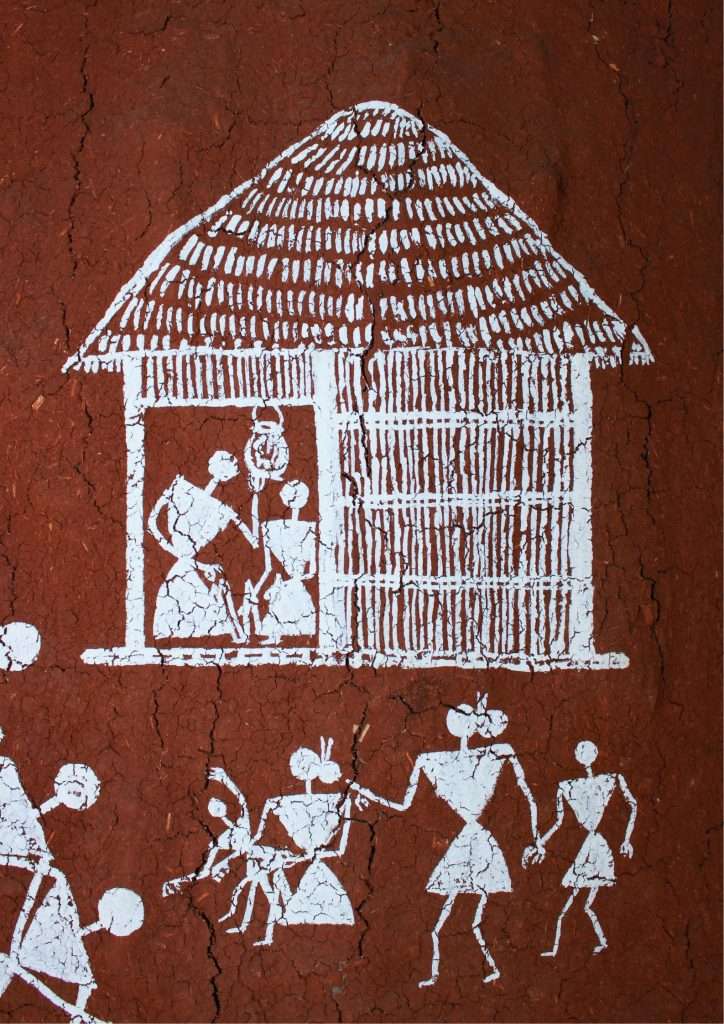Warli Art in Delhi
Exploring the Timeless Beauty of Warli Art: A Window into Indigenous Culture
Introduction:
Warli art is a traditional form of tribal art that originated in the Warli region of Maharashtra, India. This ancient art form holds a special place in the artistic landscape of the country, offering a captivating glimpse into the indigenous culture and heritage of the Warli tribe. In this blog post, we delve into the fascinating world of Warli art, exploring its origins, unique characteristics, and enduring appeal.
Origins and Cultural Significance:
Warli art has a rich history that dates back to the prehistoric period, serving as a means of storytelling, communication, and preserving cultural traditions within the Warli community. The simplistic yet expressive nature of Warli art captures the essence of their customs, rituals, and everyday life.

Distinctive Features and Symbolism:
Characterized by its distinct visual language, Warli art features geometric shapes, stick-like figures, and minimalistic compositions. The use of circles, triangles, and squares conveys a sense of harmony and balance, symbolizing the cosmic elements and the interconnectedness of all living beings. The absence of facial features in the figures gives Warli art a universal and timeless quality.
Depicting Life and Nature:
Warli paintings predominantly depict scenes from the daily lives of the Warli community, focusing on activities such as farming, hunting, fishing, and celebrations. The art form showcases the profound connection between humans and nature, emphasizing the importance of sustainable living and respecting the environment. Trees, animals, and birds are often represented, further highlighting the tribal community’s deep-rooted bond with the natural world.
Technique and Materials:
Traditionally, Warli art was created on mud walls using a white pigment made from rice paste, water, and gum. Artists used cow dung as a base, adding texture and depth to the paintings. Today, Warli art has evolved and is created on various mediums such as paper, canvas, and fabric. Artists have also incorporated natural pigments and modern tools while preserving the essence of the traditional techniques.
Preservation and Global Recognition:
Efforts have been made to preserve and promote Warli art, with workshops, exhibitions, and collaborations with contemporary artists. The unique cultural heritage of Warli art has captivated art enthusiasts and collectors worldwide, leading to its integration into modern art forms and commercial products.
Conclusion:
ACF stands as a testament to the cultural heritage and artistic prowess of the Warli tribe. Its simple yet profound representations of life and nature evoke a sense of timelessness and universal appeal. As we appreciate the beauty and significance of Warli art, let us also recognize the importance of preserving and celebrating indigenous art forms, which serve as valuable windows into diverse cultures and histories.
